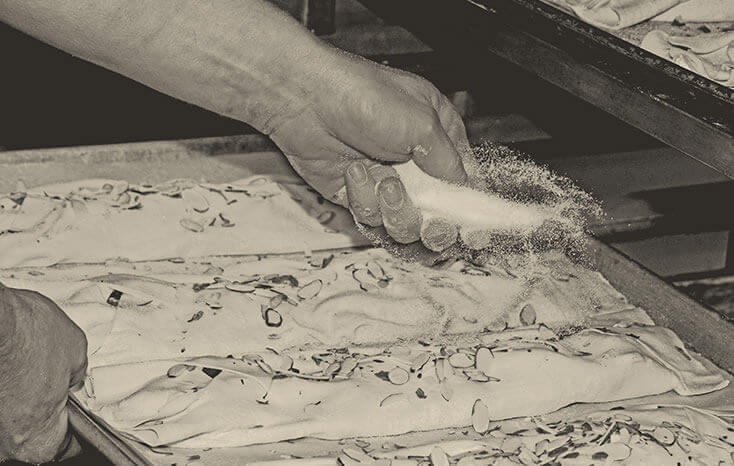Overview of Danish Language and Literature
Danish is a North Germanic language spoken primarily in Denmark and Greenland. Its history is deeply intertwined with the cultural and political landscape of Scandinavia. The study of Danish language and literature offers insights into centuries of Nordic history, philosophy, and artistic expression.
Key Linguistic Features
Danish is characterized by its distinct pronunciation, including the glottal stop (stød), and a relatively simple grammatical structure compared to some other Germanic languages. Its vocabulary has been influenced by Low German, French, and English over time.
Literary Traditions
Danish literature boasts a proud heritage, from medieval ballads to modern existentialist novels. Key figures include Hans Christian Andersen, renowned for his fairy tales, and philosophers like Søren Kierkegaard. Modern writers continue to explore themes relevant to contemporary society.
Deep Dive into Danish
Historical Development
Old Norse evolved into Old East Norse, from which Danish and Swedish developed. The standardization of Danish accelerated with the Protestant Reformation and the printing press. Key periods include the Old Danish, Middle Danish, and Modern Danish eras.
Grammar and Syntax
Danish grammar features two genders (common and neuter), a simplified case system, and distinct verb conjugations. Word order is generally SVO (Subject-Verb-Object), with variations for emphasis and subordinate clauses.
Literary Movements and Authors
The Golden Age
The Danish Golden Age (roughly the first half of the 19th century) saw a flourishing of arts and sciences. Notable figures include poet Adam Oehlenschläger, philosopher Søren Kierkegaard, and writer Hans Christian Andersen.
Modern and Contemporary Literature
20th and 21st-century Danish literature engages with themes of identity, social change, and the human condition. Authors like Karen Blixen, Tove Ditlevsen, and Peter Høeg have achieved international acclaim.
Applications and Relevance
Cultural Significance
Danish language and literature are vital to Danish national identity and cultural heritage. They are essential for understanding Danish society, history, and values.
Linguistic Study
Studying Danish provides valuable insights for linguists, particularly in the fields of Germanic philology, historical linguistics, and sociolinguistics.
Challenges and Misconceptions
Pronunciation Difficulties
The unique pronunciation of Danish, including its numerous vowels and the stød, can be challenging for learners. Misconceptions often arise regarding the perceived ‘slurred’ nature of spoken Danish.
Literary Accessibility
While Danish literature is rich, accessibility can be a challenge due to translation availability and the need for cultural context. Some works require a deeper understanding of Danish history and philosophy.
FAQs about Danish
Is Danish difficult to learn?
For speakers of other Germanic languages, Danish grammar may be relatively accessible. However, pronunciation is often cited as the most challenging aspect.
What are the most famous Danish literary works?
Hans Christian Andersen’s fairy tales (e.g., ‘The Little Mermaid’, ‘The Ugly Duckling’), Søren Kierkegaard’s philosophical writings, and Karen Blixen’s ‘Out of Africa’ are among the most celebrated.




